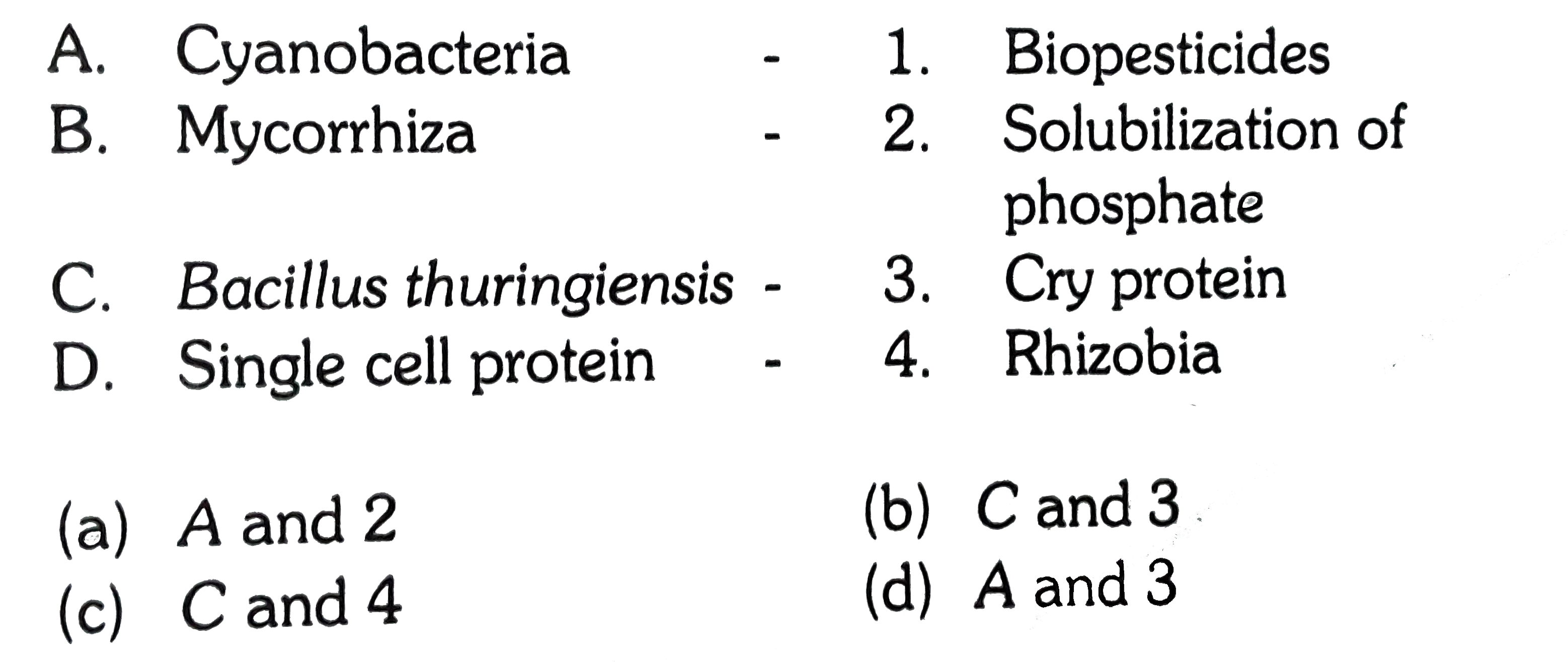Examples of few solids are given below. Find out the example which is not correctly matched.
Ionic solids - NaCl, ZnS
Covalent solids - H2,I2
Molecular solids - H2O(S)
Metallic solids - Cu,Sn
The correct Answer is:B
To solve the question of identifying the incorrectly matched solid examples, we will analyze each option step by step.
1. Identify the Types of Solids: We have different categories of solids: ionic solids, covalent solids, molecular solids, and metallic solids.
2. Evaluate the Given Examples:
- Ionic Solids: NHCl (which is actually NaCl) and ZnS
- NaCl (Sodium Chloride) is a well-known ionic solid.
- ZnS (Zinc Sulfide) is also an ionic solid.
- Conclusion: This match is correct.
- Covalent Solids: H2I2
- H2I2 (Dihydrogen Diodine) is not a covalent solid; it is a molecular compound.
- Covalent solids typically refer to network solids like diamond or silicon carbide.
- Conclusion: This match is incorrect.
- Molecular Solids: I2O
- I2O (Diiodine Monoxide) is not a typical molecular solid; molecular solids are usually composed of discrete molecules held together by intermolecular forces.
- Conclusion: This match is also incorrect.
- Metallic Solids: Cu and Sn
- Cu (Copper) and Sn (Tin) are both metallic elements and form metallic solids.
- Conclusion: This match is correct.
3. Identify the Incorrect Match:
- The incorrect match is found in the covalent solid category where H2I2 is listed. It should not be classified as a covalent solid.
Final Answer:
The example that is not correctly matched is H2I2 listed as a covalent solid.
---
- Ionic Solids: NHCl (which is actually NaCl) and ZnS
- NaCl (Sodium Chloride) is a well-known ionic solid.
- ZnS (Zinc Sulfide) is also an ionic solid.
- Conclusion: This match is correct.
- Covalent Solids: H2I2
- H2I2 (Dihydrogen Diodine) is not a covalent solid; it is a molecular compound.
- Covalent solids typically refer to network solids like diamond or silicon carbide.
- Conclusion: This match is incorrect.
- Molecular Solids: I2O
- I2O (Diiodine Monoxide) is not a typical molecular solid; molecular solids are usually composed of discrete molecules held together by intermolecular forces.
- Conclusion: This match is also incorrect.
- Metallic Solids: Cu and Sn
- Cu (Copper) and Sn (Tin) are both metallic elements and form metallic solids.
- Conclusion: This match is correct.
- The incorrect match is found in the covalent solid category where H2I2 is listed. It should not be classified as a covalent solid.
The example that is not correctly matched is H2I2 listed as a covalent solid.
Topper's Solved these Questions
- BOOK - NCERT FINGERTPS ENGLISHCHAPTER - THE SOLID STATE EXERCISE - HOTS7videos
THE SOLID STATE
- BOOK - NCERT FINGERTPS ENGLISHCHAPTER - THE SOLID STATE EXERCISE - EXEMPLAR PROBLEMS37videos
THE SOLID STATE
- BOOK - NCERT FINGERTPS ENGLISHCHAPTER - THE P-BLOCK ELEMENTS EXERCISE - Assertion And Reason15videos
THE P-BLOCK ELEMENTS
Similar Questions
Knowledge Check
- Question 1 - Select One
Mark the example which is not correctly matched ?
AAir pollutants - Oxides of sulphur , nitrogen and carbonBParticulate pollutants - Dust , mist , fumesCGlobal warming - Methane, ozone, CFCsDWater soluable chemical pollutants - Oxides of nitrogen , carbon and sodium - Question 2 - Select One
Which of the following examples is not correctly matched ?
A(A)Two most abundant elements -Fe, Al.B(B)Two metals which occur in native state -Au, Pt.C(C)Two metals which can occur in combined and native state both -Zn, FeD(D)None of these - Question 3 - Select One
Few reactions of alkanes are given below. Identify the name of the reaction which is not correctly matched with the reaction.
ACH3CH2CH2CH3AlCl3+HCl−−−−−−−→CH3−CH3∣CH−CH3IsomerisationBC6H14773K−−→C4H8+C2H6−PyrolysisCCH4+2O2Δ−−→CO2+2H2O-Controlled oxidationDCH4+HNO3400∘C−−−→CH3NO2-Nitration
Find out the pairs, which are correctly matched
 View Solution
View SolutionFind the correctly matched pair.
View SolutionThe statements for laws of chemical combinations are given below. Mark the option which is not correctly matched.
View SolutionFind out the correctly matched pair
View SolutionWhich of the following examples is correctly matched ?
View Solution

